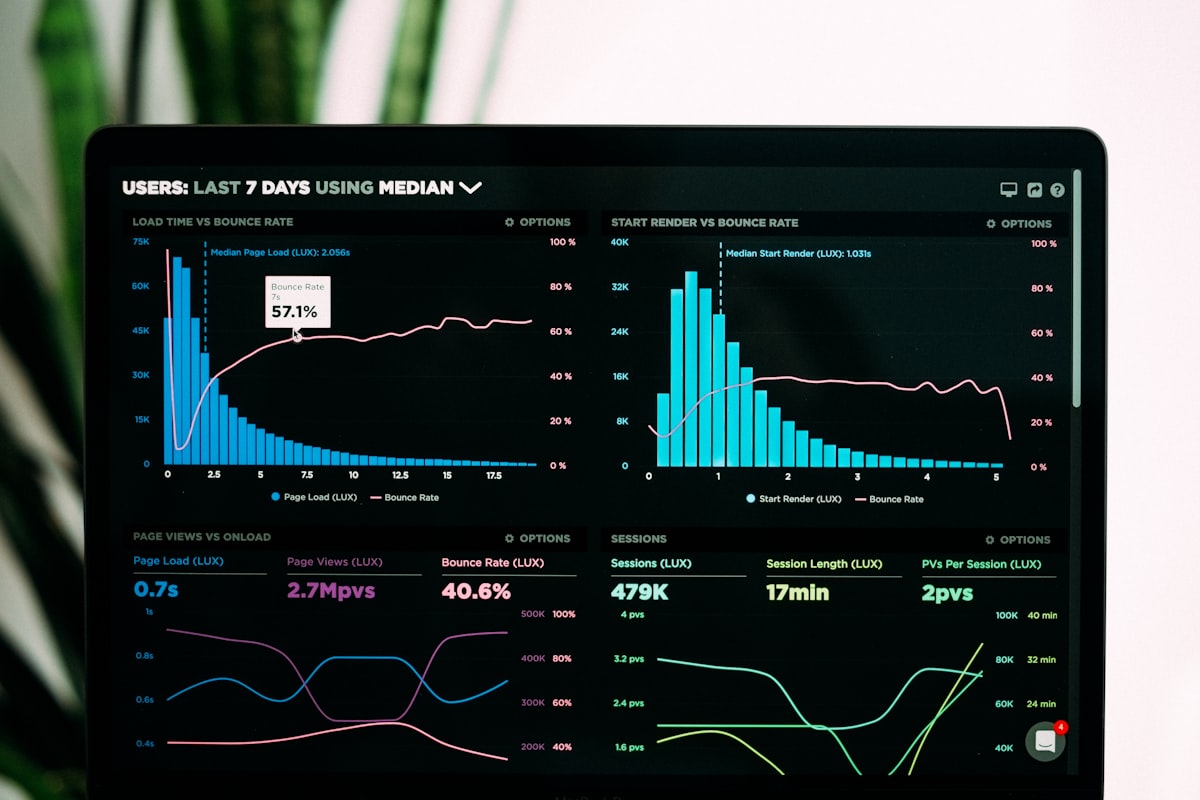Introduction

Influencers are no longer just online personalities—they've become cultural leaders, trusted advisors, and powerful marketing engines. From fashion bloggers showcasing the newest runway looks, to gamers livestreaming on Twitch, to wellness coaches motivating millions on Instagram, influencers now shape opinions, steer consumer choices, and even spark global conversations.
In 2025, they are not only endorsing products but also building communities, driving cultural debates, and defining trends. Brands pour billions into influencer marketing because audiences want authenticity, relatable storytelling, and real connections. Unlike traditional ads, influencer content feels personal, making it one of the most effective tools for reaching digital-first audiences.
This article explores the influencer ecosystem: what influencers are, how they operate, the niches they dominate, and the trends shaping the future of this growing industry.
What Are Influencers and Why Do They Matter?

An influencer is someone who earns trust and recognition in a specific area of interest. By sharing authentic content, they impact how their followers shop, live, and even think.
Unlike traditional celebrities who rise through film, television, or sports, influencers build their reputations in digital spaces such as Instagram, TikTok, YouTube, and Twitch. Their strength lies in direct, personal interaction with followers, which creates a sense of closeness that typical advertising rarely achieves.
Why influencers matter today:
- Credibility: Followers view them as peers rather than unreachable celebrities
- Reach: Millions engage with their content daily
- Impact: Campaigns featuring influencers often outperform traditional advertising in engagement
- Culture: They influence memes, trends, and even digital language
The Evolution of Influencers in the Digital Era

The concept of influence has existed for centuries in the form of opinion leaders and public figures. What changed is that the internet—and later, social media—transformed it into something measurable, scalable, and monetizable.
2000s
Blogging communities emerged, especially in lifestyle and fashion
2010s
Instagram and YouTube fueled visual-first creators, with product reviews and unboxings becoming mainstream
2020s
TikTok revolutionized short-form, viral content, and the first AI-generated influencers appeared
2025
Influencers are now cultural icons, brand partners, and often CEOs of their own businesses
Types of Influencers and Their Impact

Influencers vary by the size and scope of their audiences:
Celebrity Influencers
Famous actors, musicians, or athletes who bring massive visibility but may feel less relatable.
Macro-Influencers
With 100K to 1M followers, they balance wide reach with solid engagement, often working with established brands.
Micro-Influencers
Between 10K and 100K followers, they are highly trusted within niche communities.
Nano-Influencers
Under 10K followers, they build tight-knit communities and are valued for their authenticity and affordability.
Key Traits of Successful Influencers

Not all influencers maintain long-term success. The most impactful ones share key traits:
Authenticity
Followers quickly detect insincere endorsements
Consistency
Regular posting keeps communities engaged
Storytelling
They connect personal experiences to content
Engagement
Active replies to comments and messages strengthen loyalty
Adaptability
Staying ahead of trends and technology ensures longevity
Popular Niches in Influencer Marketing

Influencer culture thrives where passion meets community. Some dominant categories include:
Fashion & Beauty
From luxury couture to streetwear, creators set global style trends with hauls, tutorials, and collaborations
Fitness & Wellness
Trainers, athletes, and coaches promote workouts, nutrition, and healthy living
Food & Travel
Food creators share recipes and reviews, while travel influencers inspire audiences with destinations and adventures
Gaming & Tech
Streamers and reviewers on YouTube and Twitch help drive product launches, esports, and gadget sales
Platforms That Drive Influencer Success

Influencers succeed where audiences spend their time:
A hub for lifestyle, beauty, and fashion content with visual storytelling.
TikTok
The home of viral short-form videos and fast-moving trends.
YouTube
Ideal for long-form tutorials, reviews, and vlogs with deep engagement.
Twitch
Primarily for gaming but increasingly used for music, fitness, and live conversations.
The Role of Authenticity and Trust in Influencer Marketing

The foundation of influence is credibility—without it, recommendations quickly lose impact. Audiences expect influencers to disclose partnerships and promote only what they genuinely believe in.
Research consistently shows that people are more inclined to act on recommendations from trusted influencers than from direct brand ads. For instance, industry reports reveal that over 70% of consumers place more weight on influencer endorsements than traditional advertising.
How Influencers Monetize Their Platforms

Influencers generate income through diverse revenue streams, including:
Some high-profile influencers have turned these streams into multimillion-dollar businesses.
Influencer Campaign Strategies for Brands

To succeed with influencer collaborations, brands focus on:
Selecting influencers who align with brand values
Building campaigns around storytelling, not just promotion
Leveraging multiple platforms for wider reach
Tracking metrics such as click-through rates, conversions, and impressions
Common Challenges Influencers Face

Behind the glamorous image, influencers encounter real obstacles:
Burnout from constant content creation
Algorithm shifts reducing visibility
The problem of fake followers and bots
Pressure to stay relevant
Privacy and security concerns
The Future of Influencers: Trends and Predictions

Looking ahead to 2030, expect:
Conclusion: Why Influencers Will Shape the Future of Digital Marketing
Influencers today are more than digital trendsetters—they are entrepreneurs, trusted advisors, and cultural leaders. In an era where audiences value transparency and authenticity, they bridge the gap that traditional advertising struggles to fill.
As platforms evolve and new technologies emerge, influencers will continue to shape conversations, elevate brands, and redefine the digital marketing landscape. Whether you're a consumer, a brand, or an aspiring creator, one thing is clear: the influencer economy is not just here to stay—it's gaining momentum.
